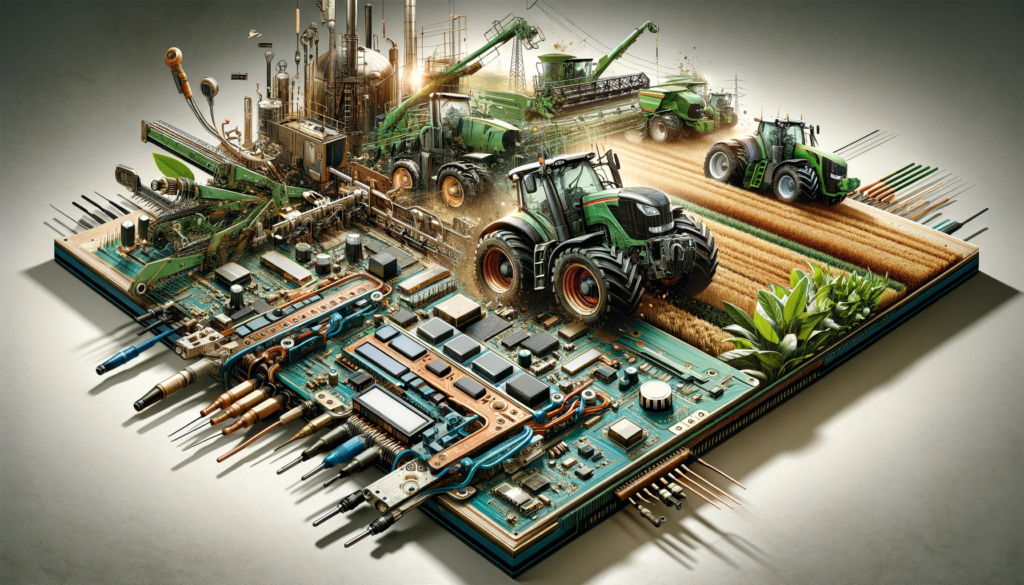The advent of automated manufacturing has revolutionized the production of membrane switches, significantly impacting costs, efficiency, and quality. Automation leverages cutting-edge technologies and robotics to streamline manufacturing processes, from component assembly to testing. This shift towards automation has profound implications for businesses seeking cost-effective, high-quality membrane switches. Below, we explore how automated manufacturing influences membrane switch costs and the broader implications for the industry.
Reduction in Labor Costs
One of the most immediate impacts of automation is the significant reduction in labor costs. Traditional manual production of membrane switches is labor-intensive, requiring skilled workers to assemble, test, and package the products. Automation minimizes the need for manual labor by performing these tasks more efficiently and consistently. This reduction in labor demand directly translates to lower production costs, making membrane switches more affordable for consumers and more profitable for manufacturers.
Increased Production Efficiency
Automated manufacturing systems operate at a faster pace than manual assembly lines, significantly increasing production capacity. This efficiency not only reduces the time taken to manufacture membrane switches but also enables manufacturers to fulfill larger orders more quickly. The ability to produce more units in less time without sacrificing quality means that companies can respond more rapidly to market demands, potentially leading to lower costs per unit due to economies of scale.
Enhanced Quality and Consistency
Quality control is paramount in the production of membrane switches, where even minor defects can compromise functionality. Automated manufacturing systems are highly precise, performing tasks with consistent accuracy that human workers can’t easily replicate. This precision reduces the risk of errors and defects, leading to a higher overall quality of the final product. Moreover, the consistency ensured by automation means that every unit meets the same high standards, reducing waste and the costs associated with rework and scrap.
Lowered Risk of Human Error
Human error is a significant factor in manufacturing defects, rework, and inefficiencies. Automation reduces the reliance on manual processes, thereby minimizing the risk of errors caused by fatigue, distraction, or inexperience. This not only improves the quality of the membrane switches but also lowers the costs related to troubleshooting, repairing, or remanufacturing defective products.
Flexibility and Scalability
Automated manufacturing systems are highly adaptable, capable of quickly switching between different production tasks with minimal downtime. This flexibility allows manufacturers to easily adjust production lines to accommodate new or customized membrane switch designs without incurring significant additional costs. Furthermore, automation provides scalability, enabling manufacturers to increase production volumes to meet growing demand without a proportional increase in costs.
Investment and Long-Term Savings
While the initial investment in automated manufacturing technology can be substantial, the long-term savings are significant. Reduced labor costs, increased efficiency, enhanced quality, and lower error rates contribute to a reduction in overall production costs. Over time, these savings can offset the initial investment, leading to lower prices for membrane switches and higher margins for manufacturers.
Environmental Impact
Automation can also contribute to more sustainable manufacturing practices. By optimizing the use of materials and reducing waste, automated processes can lower the environmental footprint of membrane switch production. Additionally, the efficiency of automated systems means less energy consumption per unit produced, further enhancing the sustainability of the manufacturing process.
Conclusion
The impact of automated manufacturing on membrane switch costs is multifaceted, offering substantial benefits in terms of cost reduction, efficiency, quality, and sustainability. As automation technology continues to evolve and become more accessible, its role in the membrane switch industry is set to grow, offering a competitive edge to manufacturers who embrace these innovations. For businesses sourcing membrane switches, understanding the advantages of automated manufacturing is crucial in making informed decisions that balance cost, quality, and environmental considerations.



